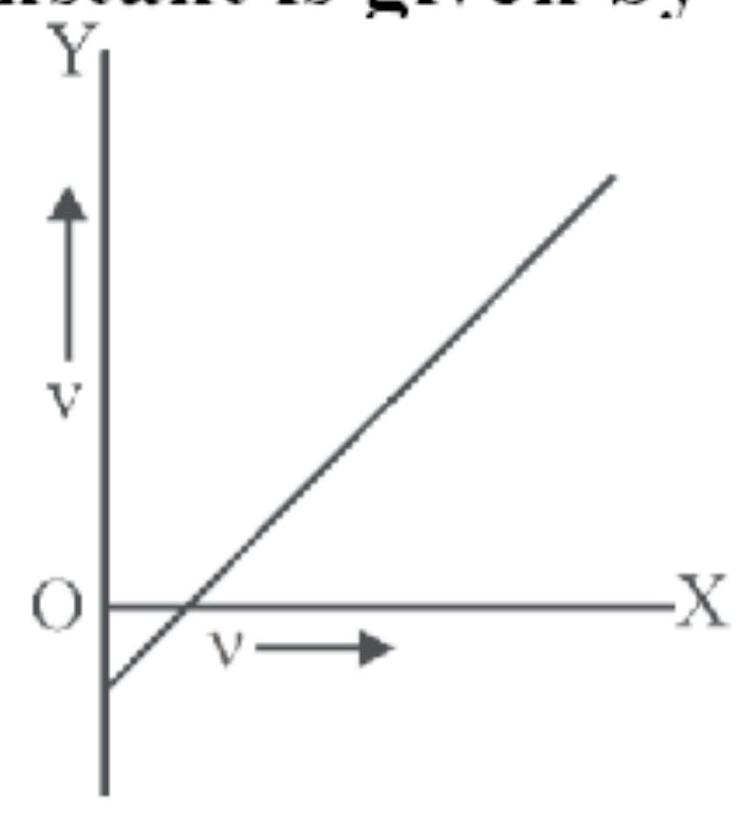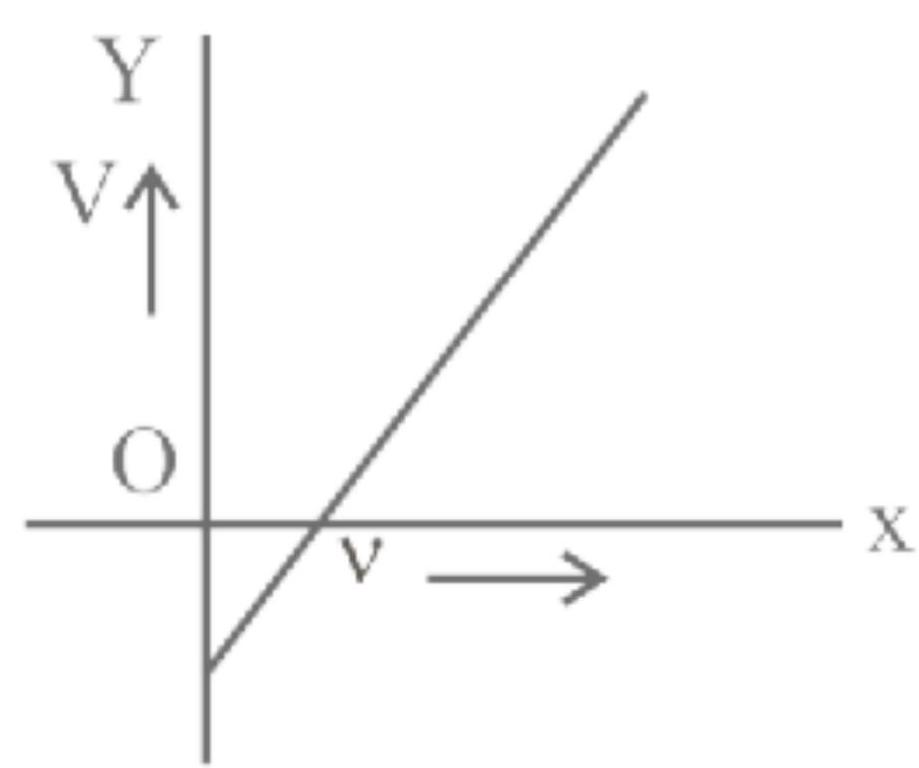142226 When $1 \mathrm{~cm}$ thick surface is illuminated with light of wavelength $\lambda$, the stopping potential is $V$. When the same surface is illuminated by light of wavelength $2 \lambda$, the stopping potential is $\frac{V}{3}$. Threshold wavelength for metallic surface is
142226 When $1 \mathrm{~cm}$ thick surface is illuminated with light of wavelength $\lambda$, the stopping potential is $V$. When the same surface is illuminated by light of wavelength $2 \lambda$, the stopping potential is $\frac{V}{3}$. Threshold wavelength for metallic surface is
142226 When $1 \mathrm{~cm}$ thick surface is illuminated with light of wavelength $\lambda$, the stopping potential is $V$. When the same surface is illuminated by light of wavelength $2 \lambda$, the stopping potential is $\frac{V}{3}$. Threshold wavelength for metallic surface is
142226 When $1 \mathrm{~cm}$ thick surface is illuminated with light of wavelength $\lambda$, the stopping potential is $V$. When the same surface is illuminated by light of wavelength $2 \lambda$, the stopping potential is $\frac{V}{3}$. Threshold wavelength for metallic surface is


